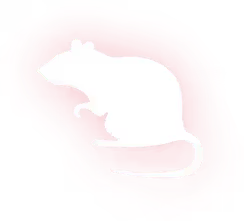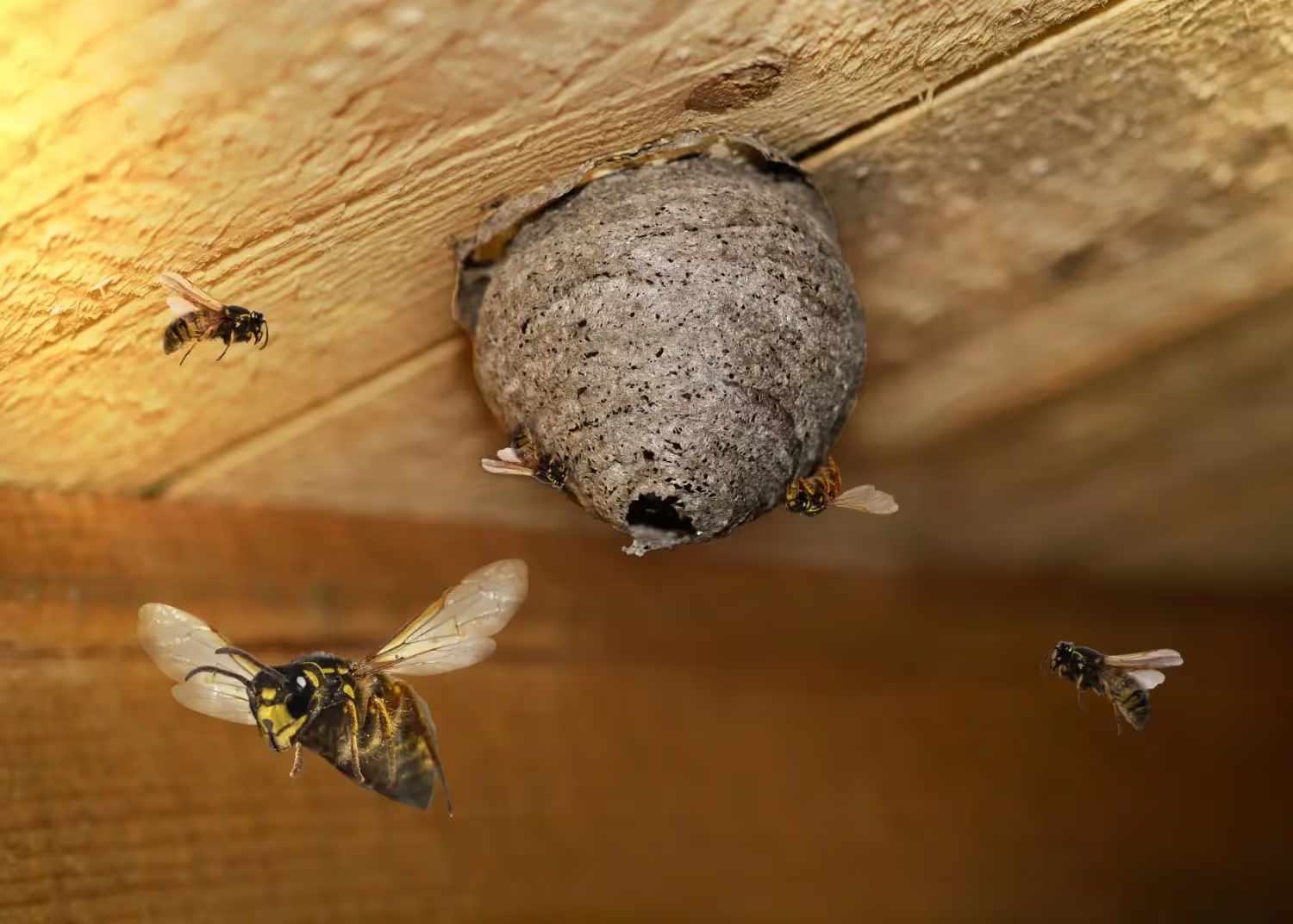

Wasp Nest Removal in Diboll, TX
Wasp nest removal in Diboll, TX by Spot On Pest Control, LLC. We safely eliminate nests and offer prevention tips—schedule service to protect your home.

Wasp Nest Removal in Diboll, TX
Wasp nest removal in Diboll, TX requires a careful balance of accurate identification, methodical removal techniques, and follow-up prevention. East Texas humidity, abundant hardwood and pine stands, and warm springs and summers make Diboll yards, attics, and outbuildings attractive habitat for wasps. Whether the nest is in an eave, porch, wall void, tree, or ground cavity, understanding the species, risks, and safe procedures is essential to protect your family, pets, and property.
Why timely removal matters in Diboll homes
Wasps become more defensive late summer through early fall when colonies are largest and food competition increases. In Diboll, outdoor living and proximity to wooded areas increase encounters. Untreated nests can cause multiple stings, structural damage from nests in wall voids, and ongoing infestations as new queens establish nearby sites. Prompt, professional-grade removal reduces sting risk and prevents re-colonization.
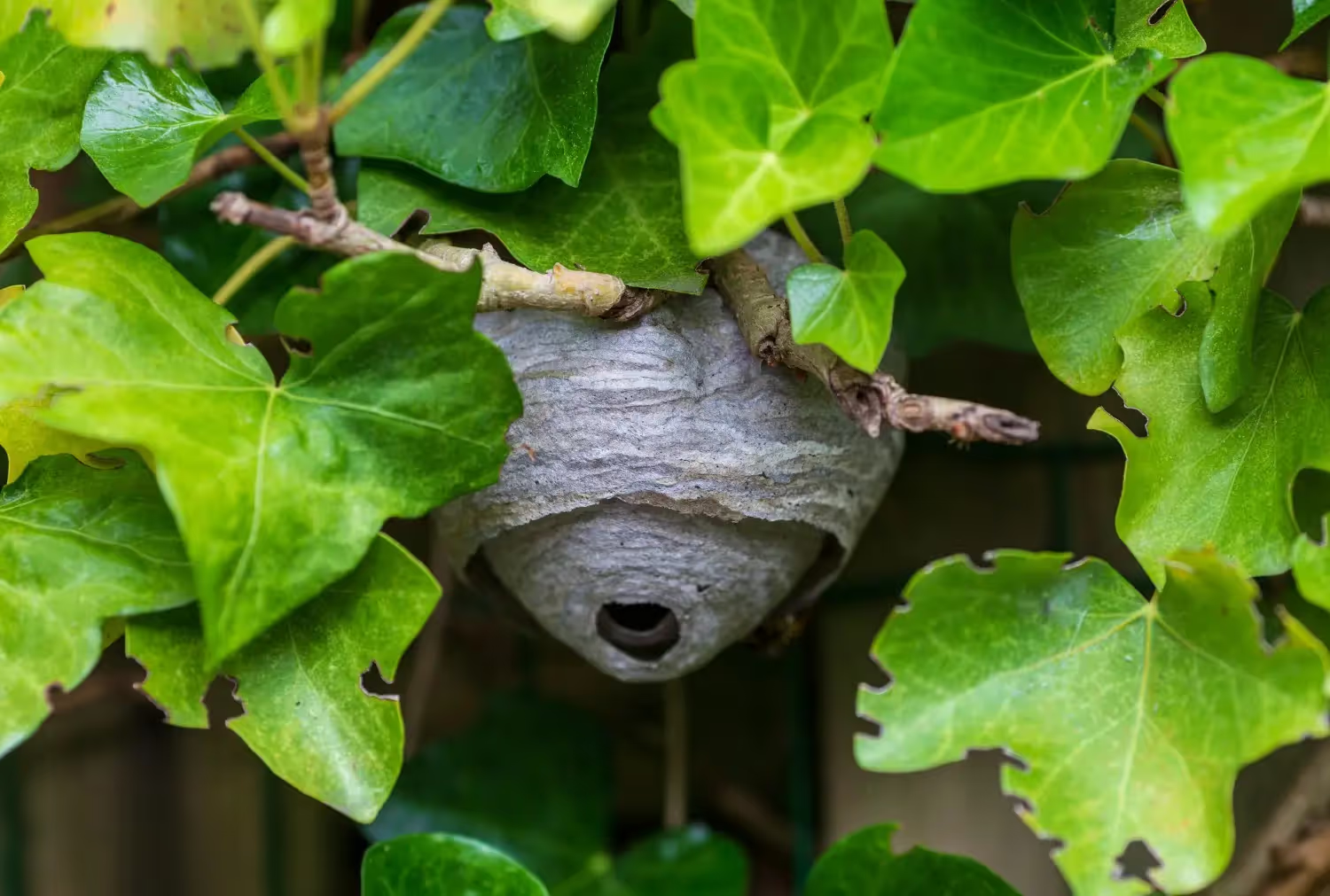
Common wasp species and nest types in Diboll
Recognizing the kind of wasp guides safe removal:
- Paper wasps: Umbrella-shaped, open comb nests often hanging from eaves, beams, or tree branches.
- Yellow jackets: Aggressive, concealed nests in wall voids, attics, or underground burrows; colonies are large and defensive.
- Bald-faced hornets: Aerial, round grey paper nests in trees or shrubs; can be aggressive when disturbed.
- Mud daubers and solitary vespids: Small, isolated mud nests or solitary activity; lower immediate risk but still should be handled carefully.
Common nest locations in Diboll homes:
- Eaves, soffits, and porch ceilings
- Attics and wall voids near roofs and chimneys
- Ground cavities under decks, in mulch, or in rodent burrows
- Trees and tall shrubs near houses
- Garage corners, sheds, and farm outbuildings
Identification and risk assessment
A careful inspection is the first step:
- Observe from a safe distance to note worker activity, entry points, and flight paths.
- Identify nest position and accessibility: exposed (easy to access) versus concealed (inside walls or underground).
- Assess aggressiveness: Yellow jackets and hornets exhibit rapid, loud defensive behavior; paper wasps are generally less aggressive but still dangerous if threatened.
- Size and seasonality: Large nests in late summer require extra caution due to greater numbers.
This assessment determines whether a routine removal method is appropriate or if emergency measures are needed.
Protective equipment and safe removal methods
Proper protective gear and controlled techniques reduce stings and prevent colony dispersal:
- Protective equipment: Full bee suit or heavy coveralls, gloves, face/neck protection, and boots. Eye protection and a respirator are used when applying insecticides in confined spaces.
- Timing: Nighttime or pre-dawn work when wasps are less active and are inside the nest foraging minimal distances.
- Containment: Use lights and barriers to limit escape routes; for wall or attic nests, seal off other access points to avoid spreading.
- Removal methods:
- Non-chemical: For small, accessible nests, physical removal after rendering nest inactive using vacuuming tools designed for insect removal or by removing the nest structure into sealed containers.
- Chemical control: Targeted application of registered insecticidal dusts or aerosols directly into the nest entrance for concealed nests, followed by removal once activity ceases. Residual dusts are often best for wall or underground nests.
- Trapping: For yellow jackets with long-term ground activity, baited traps may reduce worker numbers but are not a stand-alone solution for nearby nests.
- Structural removal: After treatment and inactivity confirmation, nails, nest remains, and damaged materials are removed to discourage re-use and to allow repairs to siding, soffits, or insulation.
Always avoid DIY use of unknown chemicals or attempting removals without proper PPE and knowledge. Disturbing aggressive species can quickly provoke multiple stings.
Emergency response for aggressive nests
When a nest presents immediate danger because of location, aggressive behavior, or proximity to people with allergies, emergency protocols include:
- Evacuation: Clear the immediate area and keep people and pets at a safe distance until a professional assessment is complete.
- Isolate the site: Close doors, windows, and vents near the nest to reduce wasp movement into the home.
- Professional-grade intervention: Aggressive ground or wall nests often require experienced technicians who can apply dusts into voids, use remote vacuum systems, or employ heavy-duty insecticidal treatments that are not available to consumers.
- After-treatment monitoring: Observe the area for 24 to 72 hours for worker activity and repeat treatment if necessary.
Emergency removal focuses on rapid neutralization while minimizing risk to occupants and responders.
Post-removal prevention strategies for Diboll properties
Removing a nest is only part of the solution. Preventing reinfestation is essential, especially in Diboll where the environment supports wasp populations:
- Seal entry points: Inspect and caulk gaps around eaves, soffits, fascia, vents, and utility penetrations. Repair damaged screens and replace torn attic vents.
- Modify landscaping: Trim tree limbs away from the house, thin dense shrubs near foundations, and keep wood piles and compost bins away from structures.
- Reduce attractants: Keep garbage tightly sealed, remove fallen fruit promptly, and clean up outdoor food and drink residues after meals or gatherings.
- Routine inspections: Check attics, crawl spaces, and under eaves in spring and early summer for small nests before colonies expand.
- Structural maintenance: Replace rotted wood, fix loose siding, and maintain roofline integrity to prevent wall-void colonization.
These steps reduce the likelihood of wasps choosing your home as a nesting site in future seasons.
Dealing with allergic reactions and safety concerns
Wasps can cause mild to life-threatening reactions. Be prepared:
- Mild reactions: Localized swelling, redness, and pain around the sting site are common. Clean the area, apply a cold compress, and consider over-the-counter antihistamines for itching.
- Severe allergic reactions (anaphylaxis): Symptoms may include difficulty breathing, swelling of the face or throat, rapid pulse, dizziness, hives, nausea, or loss of consciousness. This is a medical emergency.
- Guidance: Individuals with known insect venom allergies should have an epinephrine auto-injector available and follow their emergency plan. If anaphylaxis is suspected, administer epinephrine if available and seek immediate emergency medical attention.
- Post-sting care: For non-allergic individuals, observe for any worsening symptoms for several hours after multiple stings. Multiple stings can cause systemic toxicity, especially in children, older adults, or pets.
Final considerations and benefits of professional removal
Professional-grade wasp nest removal in Diboll, TX minimizes risk and ensures thorough remediation. Timely removal reduces the chance of structural re-use, lowers sting incidents during outdoor activities, and addresses aggressive colonies safely. Combining professional removal with proactive prevention—sealing entry points, landscaping adjustments, and regular inspections—keeps Diboll homes safer during the active wasp season.
Taking fast, informed action when a nest is discovered protects your household and preserves the comfort of outdoor living that residents in this region value.
Safe Wasp Nest Removal in Diboll, TX With Rapid Response
Wasp nests on your property are more than a nuisance—they’re a safety risk. Our fast, professional wasp nest removal in Diboll, TX ensures complete nest elimination without risking your family’s safety. Spot On Pest Control, LLC offers ongoing pest prevention options to avoid re-infestation. Book your removal now.
Eliminate Wasps Quickly With Trusted Local Experts
Our Services
Our pest control services cover ants, termites, bed bugs, rodents, mosquitoes, and other common pests, with customized solutions for both residential and commercial properties.
.png)


